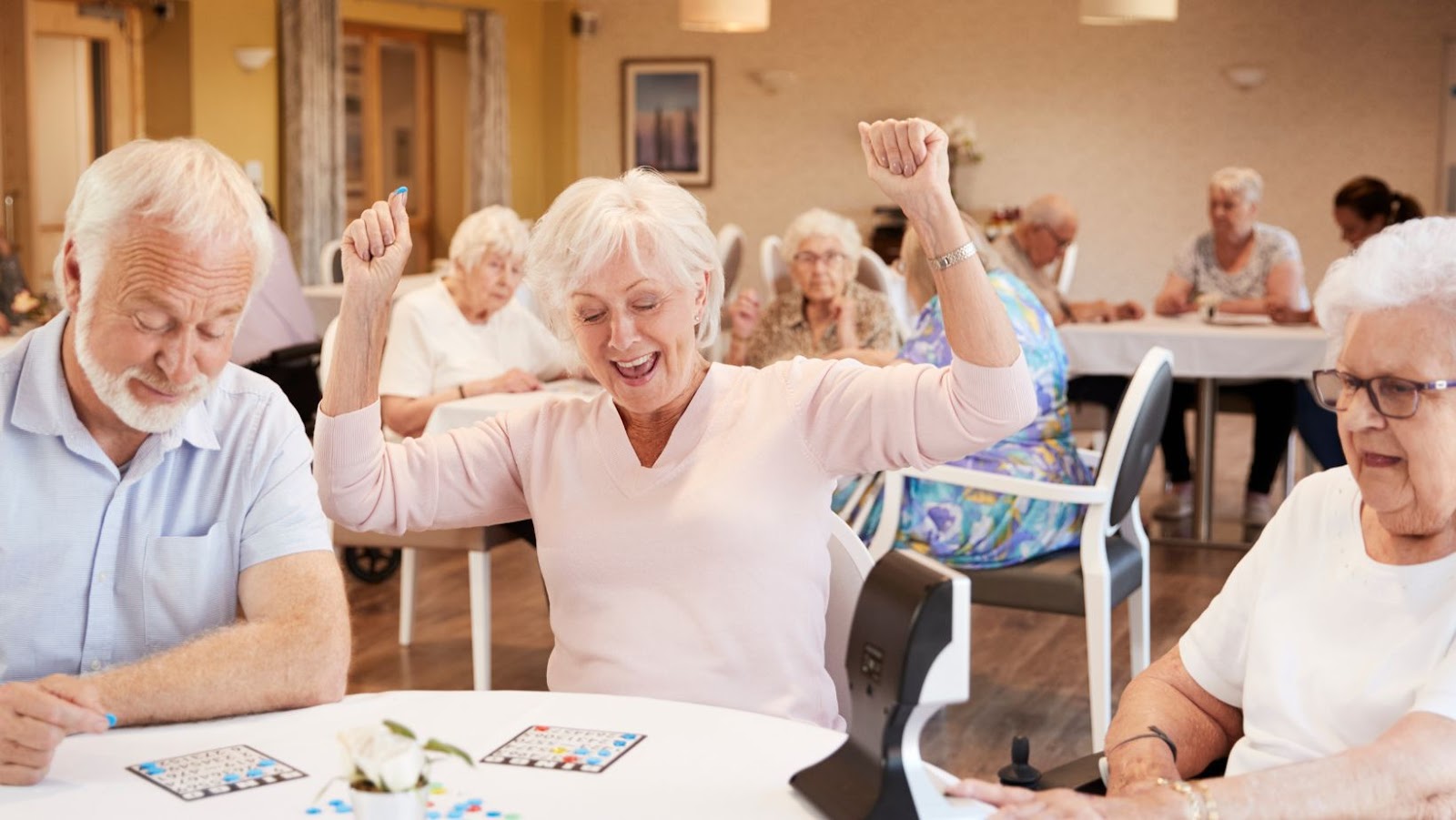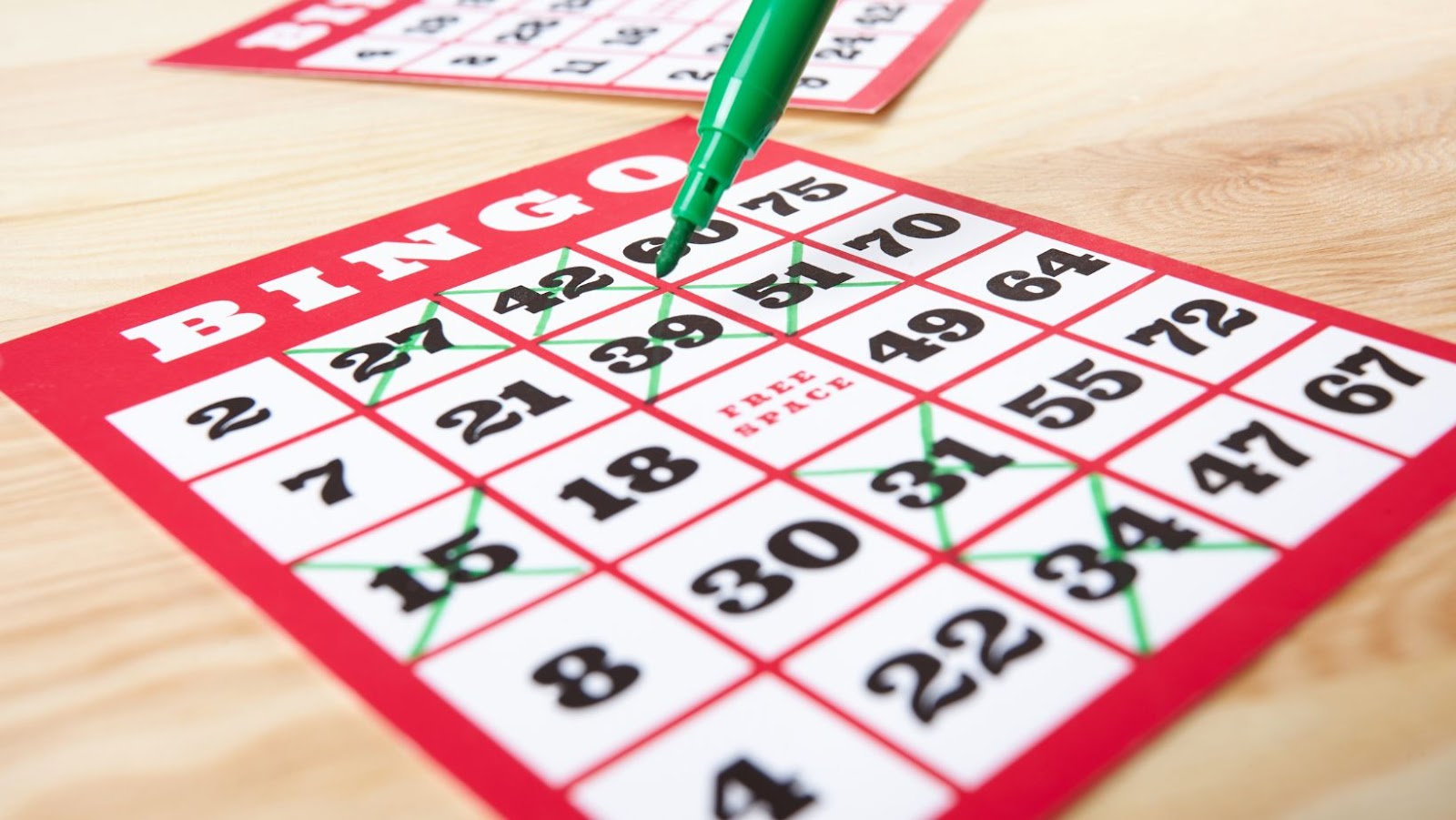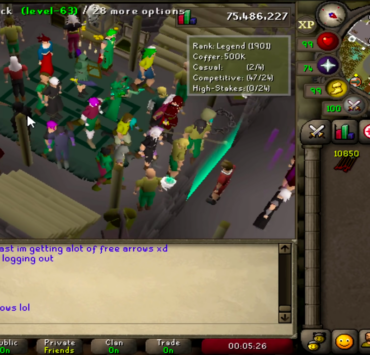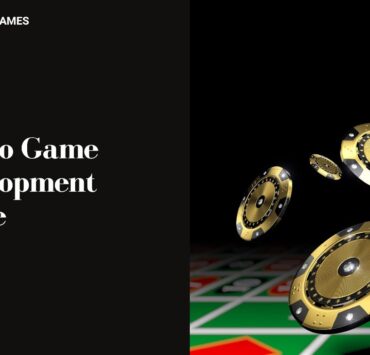Charles has been writing about games for years and playing…
Bingo is a game of chance renowned worldwide for its several variations and attractive winning prizes – offered as both cash and kind.
The simple Bingo rules also help with its popularity. All players must do is mark off or “daub” the numbers that the Bingo caller announces. Players who mark off the winning pattern yell, “Bingo.” The hosts verify their pattern and are awarded their prize.
Let’s explore the history of Bingo and how it became one of the world’s best-known games of chance in this Bingo trivia compilation.
Table of Contents
ToggleBingo History Trivia
What Was the Original Name of The Game Bingo?
The original name of Bingo was “Lo Giuoco del Lotto D’Italia,” which translates to “Italian lotto.” However, about a century after it was invented, the original name of Bingo was dropped, and it started to be called “Le Lotto” when it reached France.
The original name of Bingo game changed again when Hugh J. Ward standardized the game’s rules for the carnivals around Pittsburgh and Western Pennsylvania. This was in the early 1920s. So, if you’re wondering what was Bingo called before 1929, it was called “beano.”

When Edwin Lowe learned about the game in 1929, one of the excited players yelled “bingo” instead of “beano.” Since it the word sounded much more enticing than beano, Bingo stuck.
To sum up the answer to what was the game bingo originally called?
It went from Italian lotto to Le Lotto, to Beano, to Bingo.
When Was Bingo Invented?
Many Bingo players wonder how old is Bingo. The earliest appearances of the game can be traced back to Italy, circa 1530.
In other words, Bingo is almost five centuries old. Yet, the game still has a modern feel, especially with the huge number of Bingo games available online for free.
Who Invented Bingo Game?
No one knows who invented Bingo – specifically, the original Italian lotto. However, the game reached America in the 1920s, and a traveling salesman named Edwin S. Lowe stumbled upon the game called “beano.”
Lowe headed to Jacksonville in Georgia from New York in 1929. His purpose for visiting? Business. He was a salesman going to meet with prospects and seal deals. With some time to spare before his next meeting, Lowe decided to look around a passing carnival that had stopped in town.
As he walked around, he found a “Beano” stall. The caller would pull out numbered balls from a cigar box, and the players surrounding the stall would use dried beans to mark the numbers on their cards.
When players covered a straight line with beans, they would yell “Beano” and win a teddy bear. Seeing the excitement on the players’ faces and the high number of people the stall owner was attracting, Lowe waited until the carnival closed to chat with him.
The owner told Lowe that he found the game while traveling across Europe. Lowe took the idea back to New York and created a set of Beano cards. He then took it to his friends to see their reactions.
Lowe’s friends were hooked in a matter of minutes, and one of his friends yelled “Bingo” instead of “Beano” out of the excitement of winning. Lowe patented the game, so he is considered the one who created Bingo.
Where Did Bingo Originate? What Is the History of The Game Bingo?
After it first appeared as the Italian lotto in 1530, word of the game spread to France. By 1778, Le Lotto had become extremely popular in France.
By the 18th century, the game had found its way to Britain. It was enjoyed in cities and industrial towns, eventually making its way to the US.
The period during the world wars is considered the golden age for the game since the troops loved to spend their spare time playing Bingo. The British army also had a soft spot for the game, with men playing “Housey Housey” every spare second.
Eventually, in 1929, Lowe patented the game and made his bones as a legendary toymaker. But it wasn’t without help. Lowe hired Carl Leffler, a Columbia University professor, to increase the number of combinations in Bingo cards.
By 1930, Leffler had 6,000 Bingo cards ready for Lowe to use. The cards were made so the number of non-repeating number groups would remain minimum. The idea was to keep the odds of more than one person getting Bingo in a game as close to zero as possible.
Of course, Bingo remained popular during the second world war, and in the post-war years, playing Bingo became a great way to raise funds for charity.
Where Is Bingo Most Popular?
Lowe’s Bingo became an instant hit among the masses and was enjoyed nationwide. Seeing the rise of the game and how it enabled socialization, a Catholic priest from Pennsylvania asked Lowe if he could use Bingo to raise funds for his church.
It wasn’t long before churches around the country would hold Bingo games, and by 1934, it’s estimated that about 10,000 Bingo games were played weekly.
Even today, many churches in the US hold Bingo games. The game is also enjoyed in nursing facilities and retirement homes and facilitates recreational therapy and socialization. The opportunity to win small prizes acts as an effective lure.

Bingo is also popular at many casinos operated by Native American tribes and in Nevada. By some estimates, over $90 million are spent on Bingo weekly in North America.
So, Bingo is arguably the most popular in America. However, the UK is not far behind, with some reports suggesting that about three million people play the game weekly.
Playing Bingo online is a favored pastime worldwide.
What is the History of Bingo in The Philippines?
Bingo was brought to the Philippines by Christian missionaries and gained popularity through churches. Today, it’s one of the most popular pastimes in the country and is overseen by the Philippine Amusement and Gaming Corporation.
Besides the traditional paper form, Filipinos also play the game with linked electronic machines. Freestanding Bingo halls can be found across the country, and Bingo is also enjoyed in casinos.
Charles has been writing about games for years and playing them all his life. He loves FPS, shooters, adventure games like Dota 2, CSGO and more.






